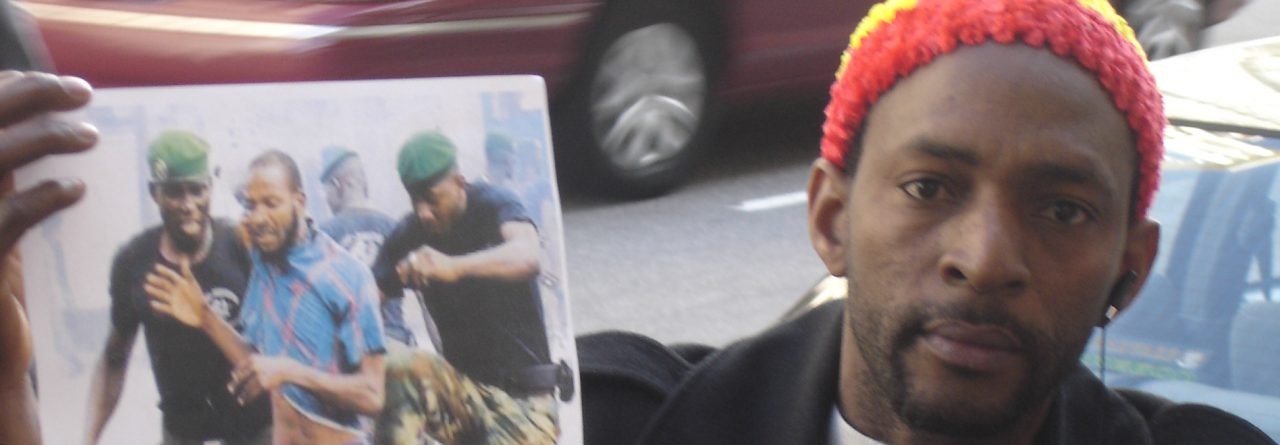Of the two, Soros is better known. A multibillionaire (I’ve seen numbers like $30bn), he rose to international fame (and infamy in Britain) as the man who shorted more than $10bn in sterling, triggering the UK’s withdrawal from the European Exchange Rate Mechanism, prompting a devaluation of the pound and earning himself $1.1bn. A Hungarian nonpractising Jew, Soros, 83, has been married twice and is currently courting Tamiko Bolton, 40, a New York pharmacist.
Beny Steinmetz, 56, allegedly Israel’s richest man, is said to be worth about $6bn. He inherited the Geneva-based Steinmetz Diamond Group from his father and later formed Beny Steinmetz Group Resources, also Geneva-based but managed out of London.
The Steinmetz Diamond Group continues to be diamond giant De Beers’s largest sightholder.
Steinmetz is a commercial hurricane. He rarely stays in one place for long. He’s a legendary deal-maker and I’m sure he has been burnt frequently.
A long article in The New Yorker (July 8) quotes Paul Collier of the Centre for the Study of African Economies at Oxford as taking “a dim view of businessmen like Steinmetz who have secured rights to natural resources they may not actually have the expertise to develop.”
That’s such a crappy observation I cannot believe an adviser to UK Prime Minister David Cameron would make it. I can think offhand of many men who did exactly that — Cecil John Rhodes, Ernest Oppenheimer and others. The issue revolves around the Simandou iron ore deposits in south-central Guinea, a large area containing what may be the largest high-grade undeveloped continuous iron-ore body in the world.
It is where most miners would not want it to be. Guinea is grossly undeveloped, its peoples mired in poverty, probably worse off now than when its first president, the irrational Sekou Touré, gave the French the boot and then proceeded to lock away in concentration camps and murder all those he thought might oppose him.
Touré died in 1984 but nothing got any better.
Meanwhile, along came mining house Rio Tinto, which qualifies in Collier’s book as able to develop a project. Rio secured the mining rights to Simandou north and south in 1997. It did nothing with them, and probably deep-froze them to hold off competitors while it developed its operations in the Western Australian Pilbara.
Steinmetz was given two unconnected areas, one north of Simandou, the other south.
The northern site wasn’t worth persevering with, but the south revealed an entirely new deposit, henceforth called Zogota.
When Touré’s successor Lansana Conté died in 2008, a military junta led by Moussa Dadis Camara, an army captain, took power. Dadis brought technocrats into the cabinet, one of them Mahmoud Thiam, to serve as minister of mines.
Thiam and his sister were smuggled out of Guinea during Touré’s reign — his father died in one of Touré’s concentration camps. Thiam was educated in the US, obtained an economics degree from Cornell University and went on to work for Merrill Lynch and UBS.
Accused in The New Yorker of being a Steinmetz champion, it was Thiam who told Rio Tinto it wasn’t complying with the terms of its mining leases. He stripped the company of its northern Simandou licence and awarded it to Beny Steinmetz Group Resources on the grounds that it had discovered the Zogota deposit.
Predictably enough, Rio Tinto was enraged. It claims it invested heavily in Simandou, but the time frame belies that — it doesn’t take nearly 12 years to start developing an iron-ore deposit, or begin rebuilding a railway line, or begin developing a deep-water port, at least some of which would be undertaken with international financing.
A number of things then transpired. Not in any order, the Guineans finally held an allegedly open, free, election. Alpha Condé, 72, who had lived outside Guinea for 50 years, won 18% in the first round. His principal opponent Dalein Diallo won more than 45%. In the delayed second round, Condé suddenly appeared with 53% and Diallo with 47% — an about-term in fortunes that invites deep suspicion.
It was at this juncture that stories began to emerge that South Africa had provided financial support (said to be about $18m) to Condé, used to help finance a South African company, Waymark Infotech, which provided election management. Stories circulated that Soros and South African companies were providing “advice” and, in one case (Palladino) $25m to Condé’s new government and that organisations financed by Soros had become prominent.
The latest twist in a story that is fast providing a slew of plots for thriller novelists is that Steinmetz’s group allegedly prevailed on Mamadie Touré, the fourth wife of the dying previous president, Lansana Conté, to procure the mining licence for Simandou. They allegedly provided her with money, diamonds and a guaranteed 5% stake in Simandou. She revealed all this to a curiously and conveniently unnamed cabinet minister.
A wire worn by Mamadie Touré recorded a damaging discussion in Jacksonville, Florida, between her and Frédéric Cilins, said to have orchestrated the bribes, and to have been close to Steinmetz. The FBI was listening. Cilins was arrested and released on $15m bail.
Meanwhile, Rio Tinto sold a portion of its southern Simandou licence to the Aluminium Company of China for $1.7bn and then paid $700m to the Guinean government in return for a guarantee that no further action would be taken against it.
What will happen now? Did Condé steal the election with help from backers in South Africa? Did Beny Steinmetz Group Resources bribe Guineans to get the licence? Did Rio Tinto pay an effective $700m bribe to hold on to southern Simandou? There’s lots more — but no space.
Who is your money on — Soros or Steinmetz?




